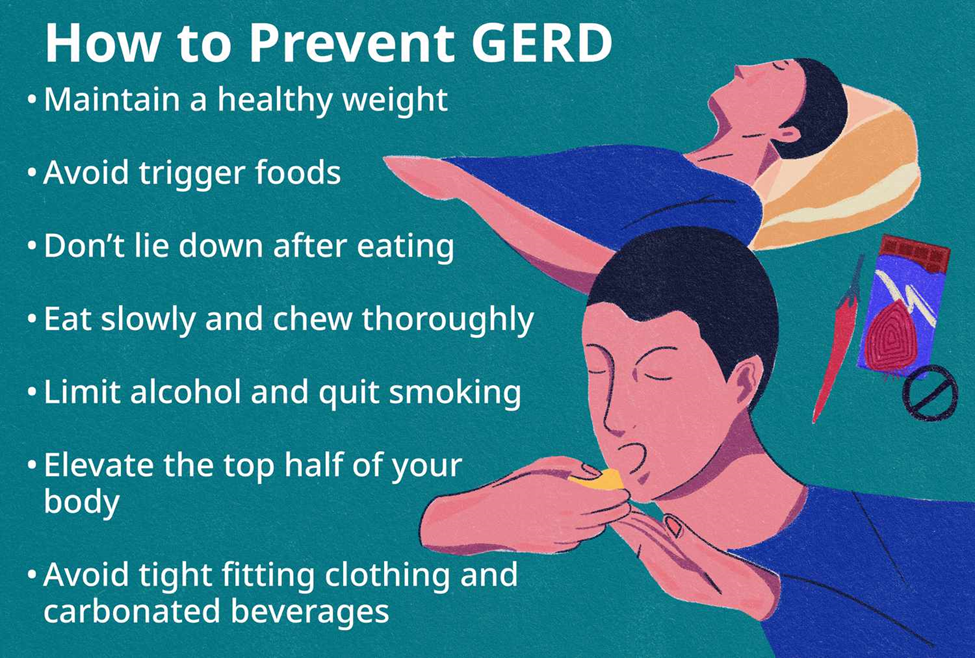A nurse in the emergency department is caring for a preschooler who has epiglottitis. Which of the following actions should the nurse take?
Place the child in a left lateral position.
Obtain a specimen from the child's throat for a culture.
Inspect the child's throat with a padded tongue depressor.
Initiate droplet precautions for the child.
The Correct Answer is D
A. Place the child in a left lateral position: Placing the child in a left lateral position is not the priority action for a preschooler with epiglottitis. Epiglottitis is a potentially life-threatening condition characterized by inflammation and swelling of the epiglottis, which can rapidly progress to airway obstruction. The priority is to maintain a patent airway and ensure adequate oxygenation.
B. Obtain a specimen from the child's throat for a culture: While obtaining a throat culture may be necessary to identify the causative organism and guide antibiotic therapy, it is not the immediate priority in the management of epiglottitis. Airway management and stabilization take precedence.
C. Inspect the child's throat with a padded tongue depressor: Direct visualization of the throat with a padded tongue depressor is contraindicated in a child with suspected epiglottitis. This action can trigger a gag reflex and potentially cause airway obstruction or exacerbate respiratory distress. Epiglottitis is a medical emergency, and any manipulation of the airway should be performed cautiously by experienced healthcare providers in a controlled setting.
D. Initiate droplet precautions for the child: Droplet precautions are appropriate for a child with suspected or confirmed epiglottitis due to the risk of transmission of the causative organism, usually Haemophilus influenzae type B (Hib), through respiratory droplets. However, the immediate priority is to secure the airway and provide respiratory support. Once the child's airway is stabilized, appropriate infection control measures, including droplet precautions, should be implemented to prevent the spread of infection to others.
Nursing Test Bank
Naxlex Comprehensive Predictor Exams
Related Questions
Correct Answer is ["A","B","C"]
Explanation
A. Thicken the infant's formula with cereal: Thickening the infant's formula with cereal can help reduce the likelihood of regurgitation by increasing its viscosity and promoting better gastric emptying. This can help decrease the frequency and severity of gastroesophageal reflux episodes.
B. Avoid giving the infant citrus juices: Citrus juices are acidic and can exacerbate gastroesophageal reflux symptoms in infants. Avoiding citrus juices can help reduce the acidity of the stomach contents, potentially decreasing the likelihood of regurgitation.
C. Position the child with their head elevated after meals: Keeping the infant in an upright position with the head elevated after meals can help prevent regurgitation by reducing the likelihood of gastric contents flowing back into the esophagus. This position facilitates gravity-assisted digestion and minimizes pressure on the lower esophageal sphincter.
D. Place the infant's head on a soft pillow while sleeping: Placing the infant's head on a soft pillow while sleeping is not recommended as it increases the risk of suffocation and sudden infant death syndrome (SIDS). Infants should always be placed on their back to sleep in a flat, firm surface without pillows or soft bedding to reduce the risk of adverse events.
E. Administer an antiemetic to the infant: Administering an antiemetic to the infant is not typically indicated for the management of gastroesophageal reflux in infants, especially as a preventive measure. Antiemetics may have potential side effects and should only be used under the guidance of a healthcare provider for specific indications.

Correct Answer is B
Explanation
A. Place the child in a room with bright fluorescent lighting.
This option is not appropriate because bright fluorescent lighting can be uncomfortable and potentially aggravate symptoms such as headache or sensitivity to light, which are common after a head injury. Therefore, it is not included in the plan of care.
B. Initiate seizure precautions for the child.
This intervention is appropriate because children with head injuries are at an increased risk of seizures. Seizure precautions may include ensuring a safe environment, such as padding the sides of the bed, removing any objects that could cause harm during a seizure, and closely monitoring the child's neurological status for signs of seizure activity.
C. Use the COMFORT scale to rate the child's pain.
While assessing and managing pain is important, the COMFORT scale may not be the most appropriate tool for evaluating pain in a child with a head injury. The nurse should use a pain assessment tool that is specifically designed for pediatric patients and is suitable for assessing pain in children with head injuries.
D. Suction the child's nares to determine the presence of fluid.
Suctioning the child's nares may be indicated if there are concerns about airway patency or respiratory secretions. However, it is not a routine intervention for all children with head injuries. The nurse should assess the child's respiratory status and use suctioning only if necessary based on clinical findings.
Whether you are a student looking to ace your exams or a practicing nurse seeking to enhance your expertise , our nursing education contents will empower you with the confidence and competence to make a difference in the lives of patients and become a respected leader in the healthcare field.
Visit Naxlex, invest in your future and unlock endless possibilities with our unparalleled nursing education contents today
Report Wrong Answer on the Current Question
Do you disagree with the answer? If yes, what is your expected answer? Explain.
Kindly be descriptive with the issue you are facing.
